By Daniel Mucinskas
From July 28-August 5, 2017, the Global Citizens Youth Summit returned to the Harvard Faculty Club for its fourth year, bringing together a group of 28 students from all over the world for nine days of cross-cultural exchange, civic-minded learning, and service project design.
image of the globe
The Summit is a program of the Global Citizens Initiative, founded by Yumi Kuwana with the mission of empowering diverse groups of young people to become lifelong ethical leaders of positive change. The Harkness method of discussion-based pedagogy and the principles of design thinking are cornerstones of the experience.
This year’s attendees were drawn from 21 different countries and 35 cultural heritages. Over the course of the week, the scholars spoke with experts in leadership and entrepreneurship, debated various topics with one another around classroom tables, and explored Harvard and Boston. Each student also created a “glocal” (think global, act local) project to address a social problem.
The Good Project’s own frameworks were also present across sessions that covered the “three Es” of Good Work: engagement, ethics, and excellence. Lecturers illustrated these themes by discussing:
the engagement of Patrick Lydon of the Camphill Community for the disabled in Ballytobin, Ireland;
the myriad of current ethical problems posed by advances in scientific knowledge; and
the meaning of excellence as a parent.
As the Summit provided us with the chance to directly observe The Good Project’s framework in action, we were eager to speak with students about their experiences and curious to know how they had reacted to the “three Es.” We were also interested in how these young people conceptualized Good Work and global citizenship. To learn more, we sat down with three students for a conversation on these topics, guided by a few questions.
The scholars’ answers demonstrate nuanced ideas about “good work,” influenced by the Summit. Of course, the story does not stop here, as these young people hope to become leaders in their respective communities. We hope that they go on to do Good Work in the wider world in the future.
Below, we have included selected responses to our questions, which have been edited for clarity.
Q: Thinking about the three talks you heard on engagement, ethics, and excellence, what did you find compelling?
“I enjoyed the content of each of the lectures on excellence, engagement, and ethics. However, the actual content has stuck with me less than the overarching topics themselves. I will think more about excellence, engagement, and ethics, as well as the different perspectives on these topics I have heard from my peers.”
“A big takeaway for me was that every action we take and every decision we make has ethical consequences. Ethics and morality permeate all aspects of life, and the ‘right choice’ in many situations is often not apparent. In the lecture about the ethics of science, I enjoyed debating the line between the benefits of progress and areas where we need to step back and make sure not to cross a moral line.”
Q: Did anything in the three talks challenge your views or assumptions?
“My mindset hasn’t changed so much as it has grown. I have taken the time to listen to my peers and to interrogate their perspectives and my own.”
“I really enjoyed the discussion we had after the lecture about ethics, grappling with whether animals and humans have the same rights, which is an issue I have not thought about before. On a wider note, I have noticed that the students at my high school have the same thoughts about most issues; even though I attend an international school with a diverse student body, our ideas and convictions are not as dissimilar as one might think. The Summit has allowed me to hear multiple opinions to which I am not often exposed.”
“This program has put my own mentality and feelings into a global context. I can see how people from other cultures think about particular issues and empathize with them.”
Q: What does “good work” mean to you?
“I believe in a balance between the selfish and the selfless, both satisfying yourself and benefiting society. At the end of the day, you are the ultimate local space through which change happens.”
“Good intentions don’t necessarily have good results. Doing good is difficult, and it is hard to always take actions that don’t have any associated negativity whatsoever. However, work should be personally engaging and ethical at once. I’m still learning how to do good in the world, and it is crucial to give young people time to develop their understandings of good work.”
“Some people have great opportunity, due to their resources or positions, to do good for others. Those who can help communities need to take the opportunity to do so.”
Q: What values guide your life and your goals?
“My values might vary, but the constant throughout my life is to do something that will result in positive change.”
“My family instilled in me a strong sense of hard work. My grandparents came to their country as immigrants with nothing, but they persevered and provided a better life for their children by working hard. Through education, I can follow in their footsteps.”
“I want to serve others and be part of a community. I try not to worry about external motivations like money and instead focus on putting effort into my passions.”
Q: What does it mean to be a global citizen?
“A global citizen is a member of the world community, with the willingness to go beyond the local level and explore further. I will return home with a commitment to benefit society.”
“We are all human, and we need to be compassionate and sympathetic to others despite our differences. I made friends easily at this Summit, and even though we are all from different countries, my time here has helped me see that we are similar in so many ways.”
“This experience both brought me out of my comfort zone and took me closer to home. A global view allows you to put local problems in context. To me, a global citizen is someone who is not afraid to see a little of themselves in everyone.”











